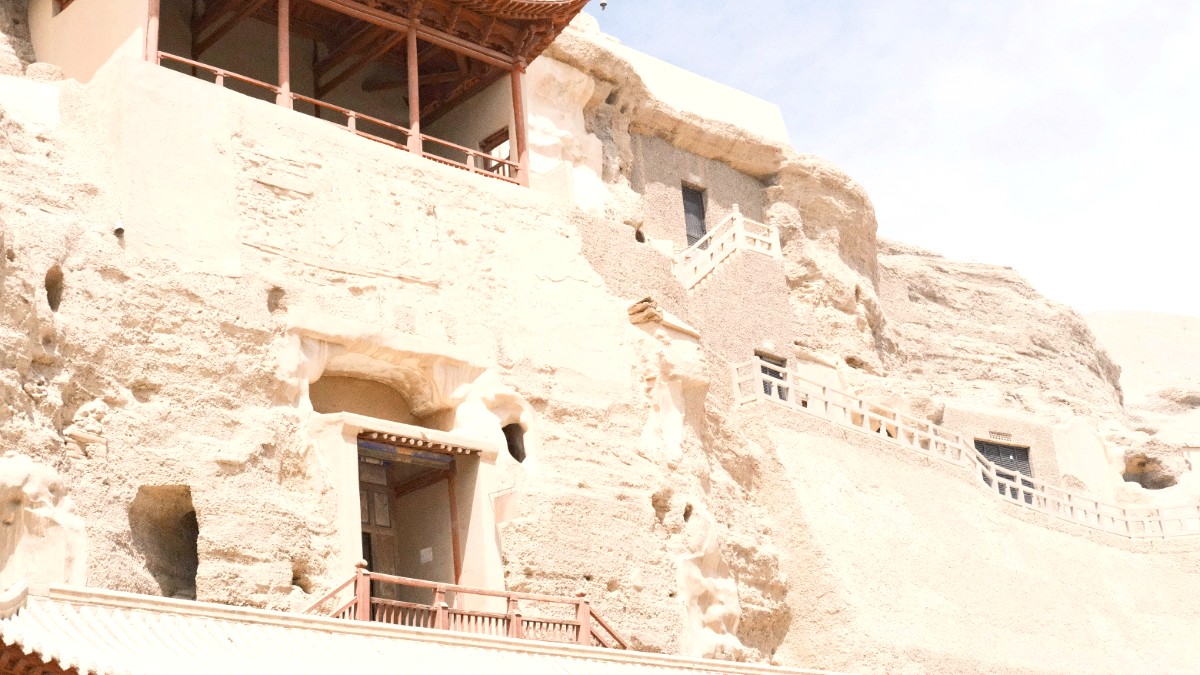
Gansu, China
Dunhuang mainly relies on a public bus system for urban transport. The city does not feature a metro or tram system. Buses are generally well-maintained and offer an economical way to travel around the city. They connect the city center with residential areas and some attractions.
Route information is usually posted at bus stops, often in Chinese. Routes include connections from the Dunhuang Railway Station to the city center and routes that pass near the Dunhuang Museum and the Shazhou Night Market. Chinese mapping applications like Baidu Maps or Amap are highly useful for detailed route planning and real-time bus information.
Baidu Maps or Amap are invaluable for bus routes and real-time info.
Have small change or set up mobile payment apps before use.
Public buses have limited accessibility for mobility challenges.
Insist on meter, confirm fare beforehand if no meter.
Generally safe, journey tracked, driver details available.
Destination written in Chinese avoids miscommunication.
Taxis and Didi readily available at designated pick-up areas.
For independent exploration, various rental options are available, though some come with specific requirements for foreign visitors.
City center is compact and walkable, especially Shazhou Night Market area.
Self-guided walking is easy; guided tours can be arranged locally for context.
Limited dedicated bicycle lanes. Stick to established paths in desert areas.
Beyond the standard options, Dunhuang offers unique transportation experiences that enhance your visit to its iconic sites.
Accessibility is generally limited in Dunhuang, specifically at older historical sites and on public transport.
Be aware of uneven terrain.
Involve stairs and uneven terrain within the caves themselves.
Inquire about site specific access.
Newer hotels and major attraction visitor centers may have some provisions.
Arranging private tours with accessible vehicles may be most effective.
Dunhuang offers a mix of urban and specialized transport options.